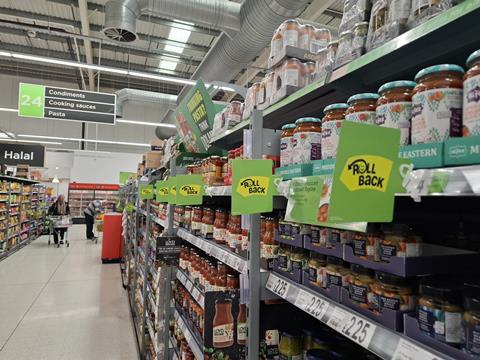
Asda is finally showing “green shoots of recovery” according to new sales figures, following a long-term sales drop that pulled the supermarket to a £600m loss last year.
Asda’s sales were down 2.3% in the four weeks to 12 July compared with the same period last year, said NIQ, though this was partly driven by lower Rollback prices.
In a boost to Asda’s leadership team, the percentage of shoppers visiting the supermarket held at just over 50% over the past 12 weeks, said NIQ, while visits were up around 5% over the past four weeks – in line with the industry average.
“While Asda sales are still in decline, the trend is improving,” said Mike Watkins, head of retailer and business insight at NIQ.
“Despite the average spend per visit being down due to the deflationary impact of Rollback prices, there are green shoots of recovery.”
Asda brought Allan Leighton back in last year as executive chair to try initiate a turnaround at the struggling grocer.
Leighton has since announced “a pretty significant war chest” for cutting prices and putting more staff on the shop floor, though he warned it could take three to five years to turn fortunes around.
Among Asda’s competitors, Ocado and Lidl remain the fastest-growing retailers, with sales up 13.1% and 10.3% respectively, NIQ said.
All supermarkets got a boost from sport events and sunshine, with total till sales up 5.8% in the past four weeks – the highest four-weekly growth since August last year except for Christmas and Easter.
Summer staples such as cider and fresh cream were among the biggest beneficiaries, with sales up 11.2% and 13.8% respectively. Shoppers also spent £132m on strawberries over the four weeks.
Frozen food saw a 12% boost, mainly driven by ice cream and desserts, while general merchandise got a lift in value sales helped by more outdoor living and dining.
Shoppers continue to remain cautious, however, buying fewer items per trip and visiting stores more often to hunt down savings, NIQ said.
“The summer holiday season is now in full swing, but consumer purchasing habits tend to become less predictable during this period,” said Watkins.
“The outlook for the next six weeks depends on two key factors: First, with the rising cost of eating out, shoppers may decide to prepare more meals at home. Second, inflation is expected to climb further, which could affect how much shoppers are able to spend.”




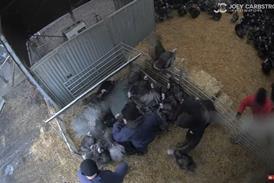
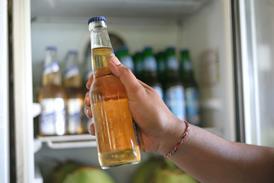


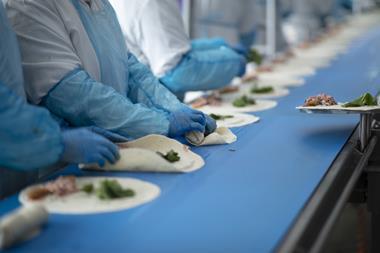







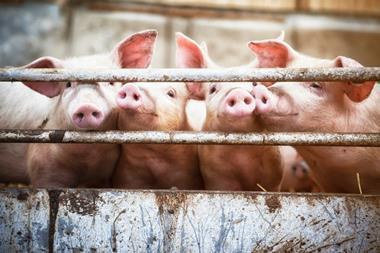

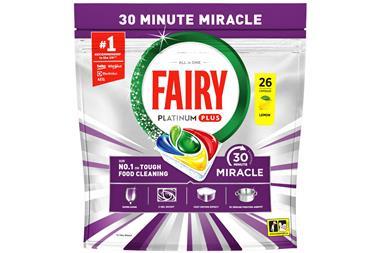
No comments yet